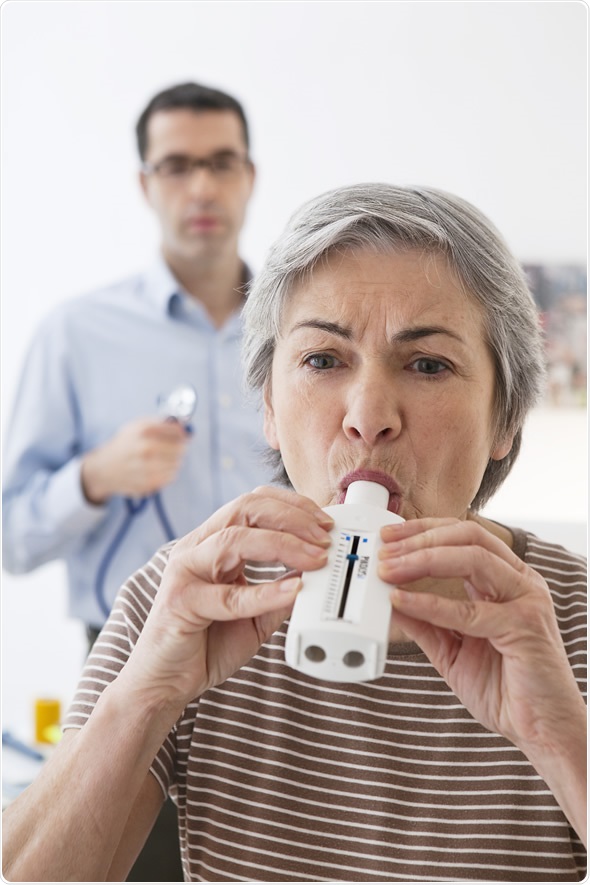Launching 1st March 2023. Also check out: https://www.thailandmedical.news/
There are many different types of pulmonary function tests that may be used to provide valuable information about the lungs and related respiratory diseases.
Spirometry is the most common type of test that measures various factors related to the volume and rate of breathing, as the individual breathes into a tube attached to a specialize machine. Other common pulmonary function tests include lung volume measurement, lung diffusion capacity and oxygen level tests.
Spirometry is a test that measures the volume and rate of breathing, which is useful to diagnosis and monitor respiratory conditions such as pulmonary fibrosis, asthma and chronic obstructive pulmonary disorder (COPD).

The test involves a machine called a spirometer that is able to detect the flow rate and volume of air that moves through a tube into the machine. The patient is instructed to take a deep breath and blow as hard as possible into the tube, to allow the machine to make the appropriate measurements. In some cases, medications may be administered to close or open the airways and allow the response to be observed, known as bronchial provocation.

There are two key measurements in this test: peak expiratory flow (PEF) and forced expiratory volume in 1 second (FEV1). PEF is the fastest rate that air is exhaled from the lungs, whereas FEV1 indicates the maximum volume of air that can be inhaled in 1 second.
Plethysmography is a test used to measure the volume of air in the lungs when you take a deep breath and after complete exhalation. This is useful in the diagnosis of pulmonary fibrosis of a weak chest wall.
It requires the individual to breathe into a tube that is connected to a computer to measure the volume. In some cases, patients may be advised to breathe in nitrogen or helium gas and breathe it out. The volume of air is indicative of the lung volume.
Lung diffusion capacity is a test used to measure the transfer of oxygen from the lungs into the blood stream. The results are indicative of the function of the lung tissue and the blood flow to the lungs.
The test involves inhalation of a gas through a tube, followed by a short period to hold the breath and then blowing out the gas through the tube.
Oxygen level tests are used to observe the level of oxygen in the bloodstream.
Pulse oximetry is a needle-free test that involves a sensor connected to the finger or ear, which estimated the concentration of oxygen in the blood. Arterial blood gas tests involve a blood sample taken from an artery in the wrist, which is analyzed in a laboratory for the exact concentration of oxygen in the blood.
Additionally, there are several other tests that can provide indicative information about the pulmonary function of an individual. These include:
However, these tests are less specific to the pulmonary function and results may be affected by other factors in the body, such as the function of the cardiovascular system.